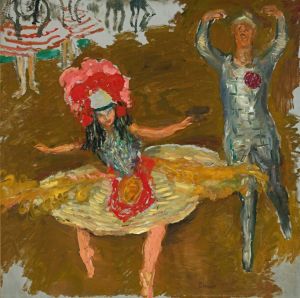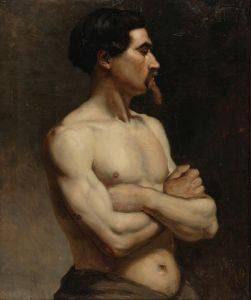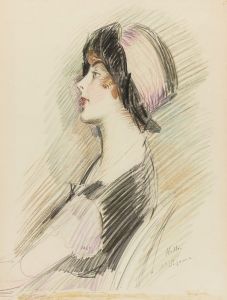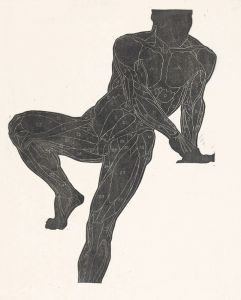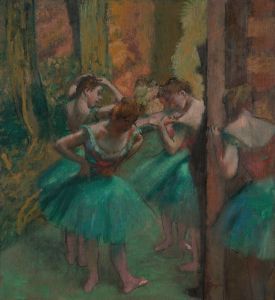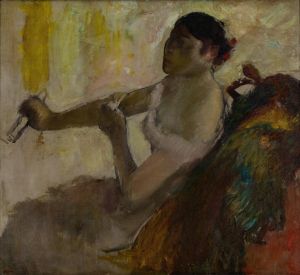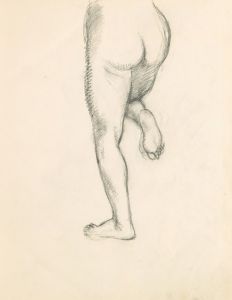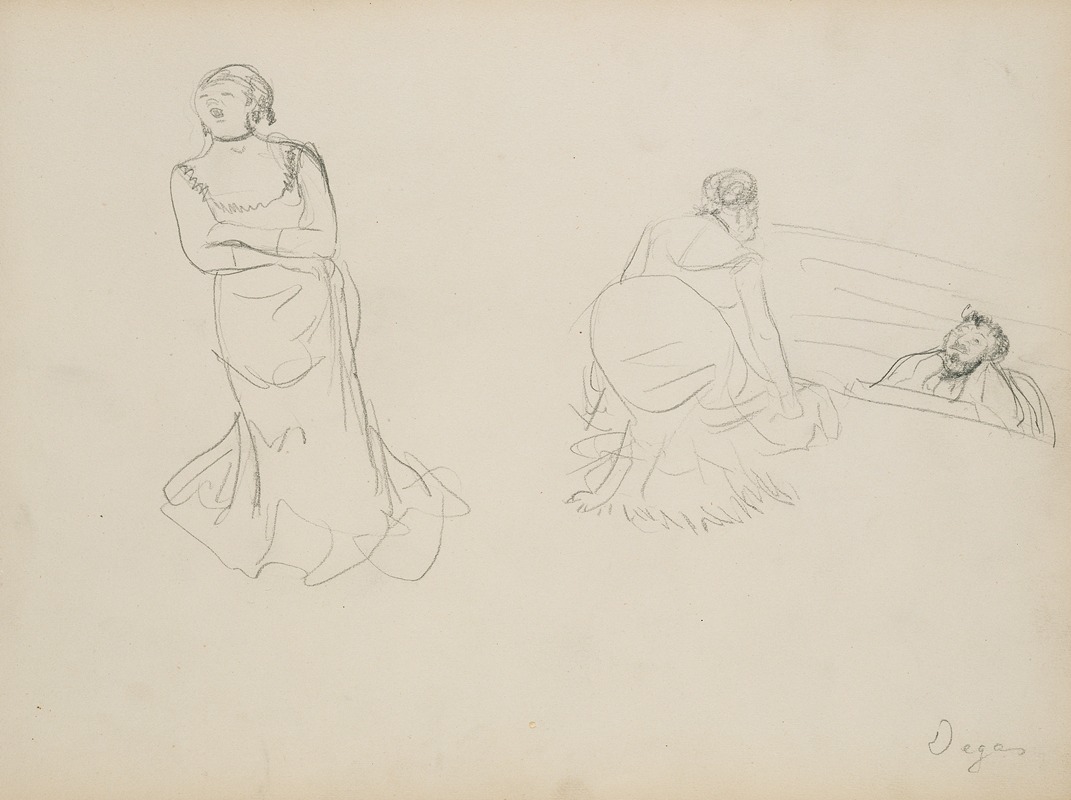
Two Sketches
A hand-painted replica of Edgar Degas’s masterpiece Two Sketches, meticulously crafted by professional artists to capture the true essence of the original. Each piece is created with museum-quality canvas and rare mineral pigments, carefully painted by experienced artists with delicate brushstrokes and rich, layered colors to perfectly recreate the texture of the original artwork. Unlike machine-printed reproductions, this hand-painted version brings the painting to life, infused with the artist’s emotions and skill in every stroke. Whether for personal collection or home decoration, it instantly elevates the artistic atmosphere of any space.
Edgar Degas, a prominent French artist associated with the Impressionist movement, is renowned for his innovative approach to painting, sculpture, and drawing. His works often capture scenes of modern life, with a particular focus on dancers, women at work, and other intimate moments. Among his extensive oeuvre, "Two Sketches" is a lesser-known piece that reflects his mastery in capturing the human form and movement.
"Two Sketches" by Edgar Degas is a work that exemplifies his skill in draftsmanship and his keen observational abilities. While specific details about this particular piece are scarce, it is consistent with Degas's broader body of work, which frequently includes preparatory sketches and studies. These sketches were integral to his artistic process, allowing him to explore composition, form, and the subtleties of human anatomy.
Degas's sketches often served as preliminary studies for larger works. They reveal his meticulous attention to detail and his dedication to understanding the dynamics of movement and posture. His approach was methodical; he would often sketch his subjects in various poses and settings, capturing the essence of their movement and the nuances of their expressions. This process was crucial for his paintings and sculptures, where he would translate these observations into more finished compositions.
The medium of Degas's sketches varied, including pencil, charcoal, and pastel. His use of line and shading in these sketches demonstrates his ability to convey depth and volume with minimal means. The sketches are not merely technical exercises but are imbued with a sense of immediacy and life, reflecting Degas's interest in capturing fleeting moments.
Degas's fascination with movement is evident in many of his works, particularly those depicting dancers. His sketches often focus on the grace and athleticism of ballet dancers, capturing them in rehearsal or performance. This interest in dance was not just about the aesthetic appeal but also about the exploration of the human body in motion, a theme that resonated throughout his career.
While "Two Sketches" may not be as widely recognized as some of Degas's other works, it is representative of his artistic philosophy. Degas believed in the importance of drawing as the foundation of art. His sketches, therefore, are not merely preparatory works but are significant in their own right, offering insight into his creative process and his understanding of form and movement.
In summary, "Two Sketches" by Edgar Degas is a testament to the artist's skill and his dedication to capturing the human form. Although specific information about this piece is limited, it aligns with Degas's broader artistic practices and themes. His sketches remain an essential part of his legacy, illustrating his commitment to exploring the complexities of human movement and expression.






